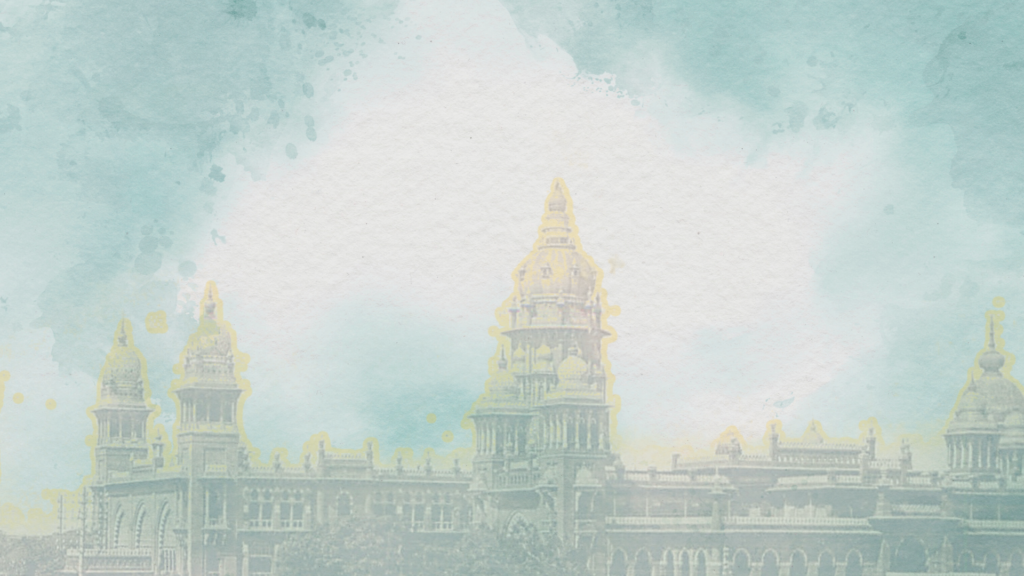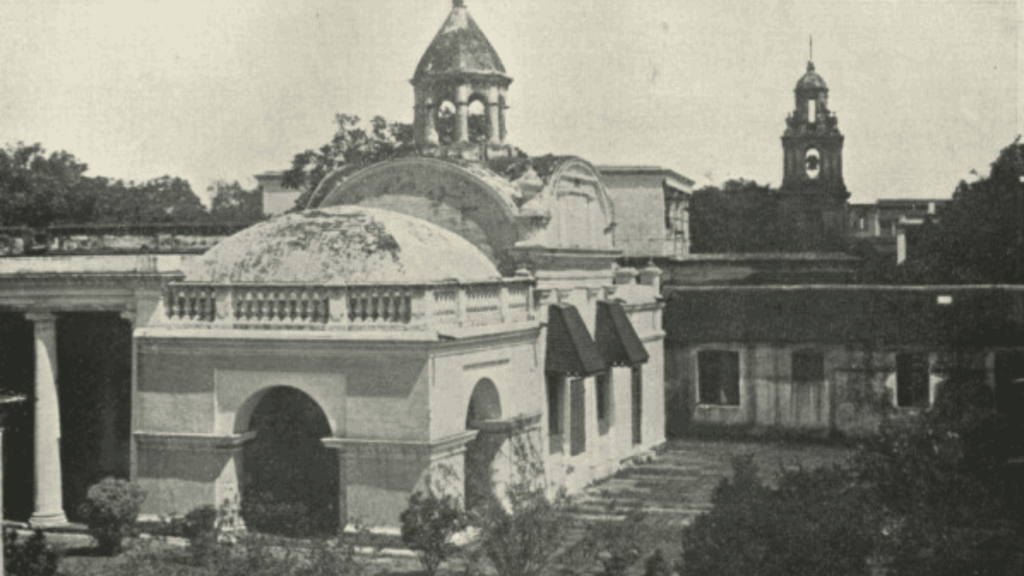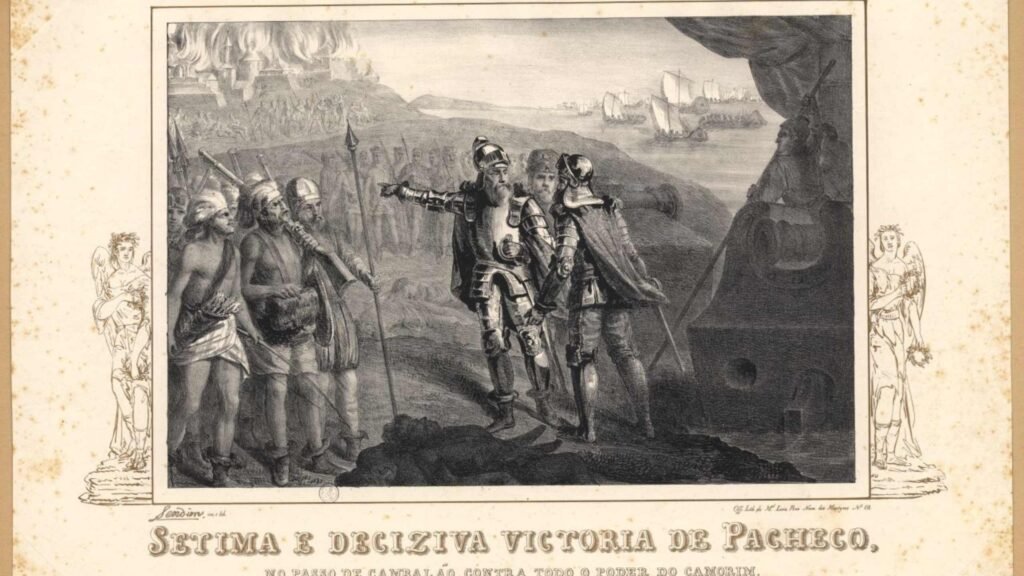A tall frosted glass of something delicious, clinking with ice – is there anything to beat this on a hot summer’s day in Chennai? Today, it just means a walk to the fridge, but what about the days before refrigeration? Would you believe that there was ice in Chennai much before refrigeration was invented? All thanks to a 19th-century businessman from faraway Boston. His name was Frederic Tudor, and it’s because of him that Chennai has a handsome round building on the Marina beach front – the Ice House, now called Vivekananda House.
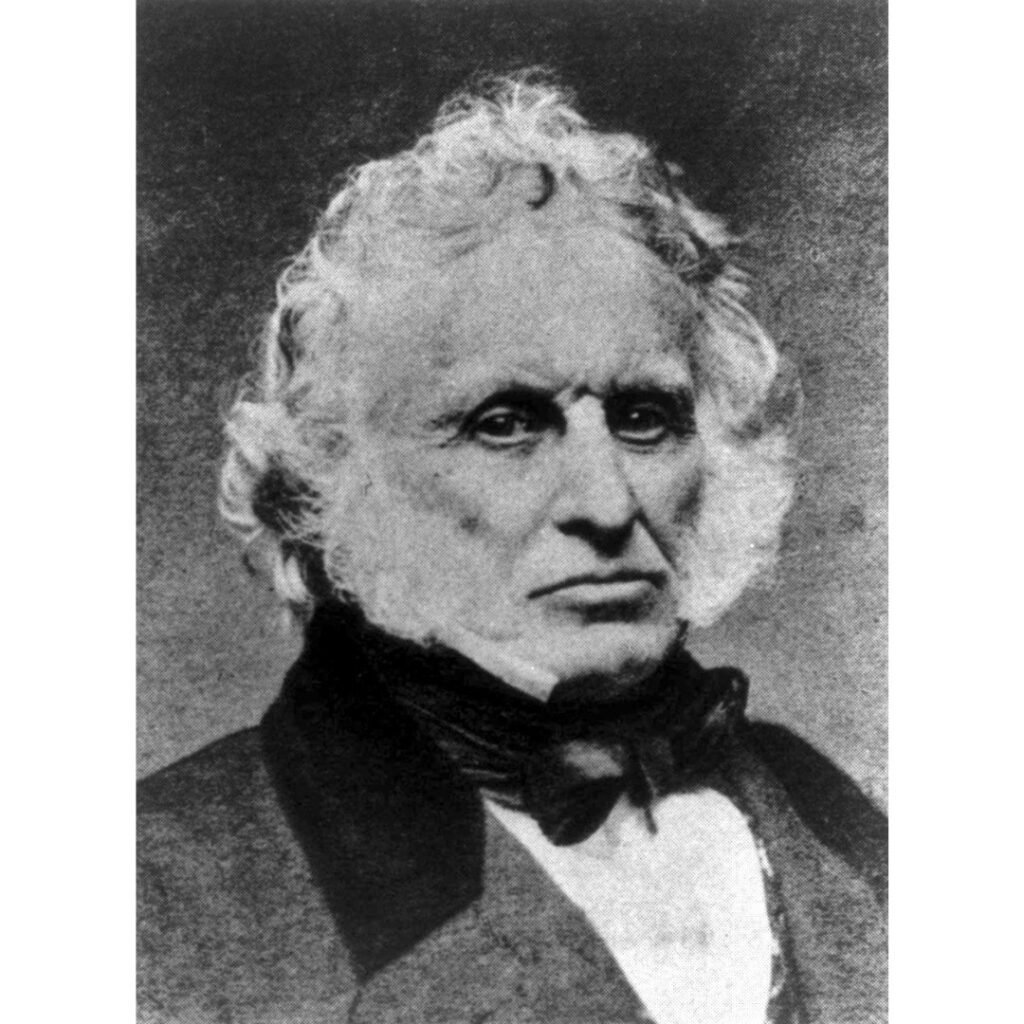
Tudor was born in a prosperous Boston family in 1783. His story can be a classic business school case study. One day, young Tudor had a brainwave as he gazed over a frozen New England lake. If he harvested the ice from the lake and sold it in tropical regions, wouldn’t people just love it ? He tried to find backers for his dream project, but everyone thought it was an outrageous idea. Undeterred, he bought a ship in 1806, loaded it with ice chopped from a frozen lake and sent it to Martinique, 3200 km away in the West Indies. The ice arrived intact, but the people of Martinique did not know what to do with it. Afterall, they had never had a need for this strange substance before!
For about 10 years, Tudor went on a big promotion campaign to make people ‘need’ ice. He went from bar to bar, promoting iced drinks and teaching people to make ice cream. Customers were sceptical at first, but once they tried it, they certainly ‘needed’ it. Soon Tudor was delivering ice all over the US. Tudor’s experiments produced the best way to stop ice from melting en route: the ice blocks were covered with pinewood sawdust. He created a transport network with coaches, boats and wharfs for speedier transport of ice. He also introduced faster and safer methods of cutting and handling the ice.
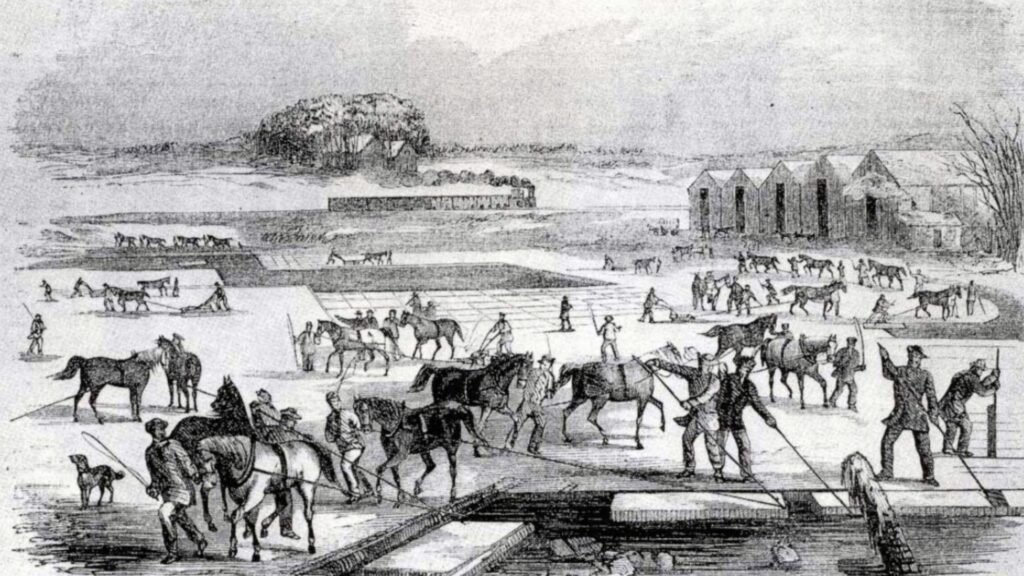
Still, the ice business was far from ‘cool’ at that point in time. His innovations needed much funding, and Tudor tried to fill the gap by running side businesses. He tried bringing in fruits from Havana and coffee from South America. He knew nothing of these trades, and lost heavily. Sometimes his agents cheated him, and the Anglo-US war of 1812 depressed his business. By now Tudor was dodging creditors and was even put in debtors’ prison twice. Yet, Tudor never lost his motivation: he knew that the core ice business was robust: the ice and sawdust were free, the transport was cheap, because ships returning from Boston needed loads. So, after every reversal, he kept bouncing back with better ideas on cutting, transporting and storing ice.
Detour: There was another Boston-born person who made history in Chennai and the US. Watch his story here:
In 1833, he came up with his craziest idea yet. He shipped ice to Calcutta (now Kolkata) in India –12,500 km away. And it worked! Like many modern MNCs, he had successfully tapped the Infinite Indian market. Soon, he was supplying ice to Bombay (now Mumbai) and Madras (now Chennai) as well.
Tudor’s legacy to Chennai, the Madras Ice House was built in 1842. He now served markets in North & South America, India, and Hong Kong. No more debts – he was rich now!
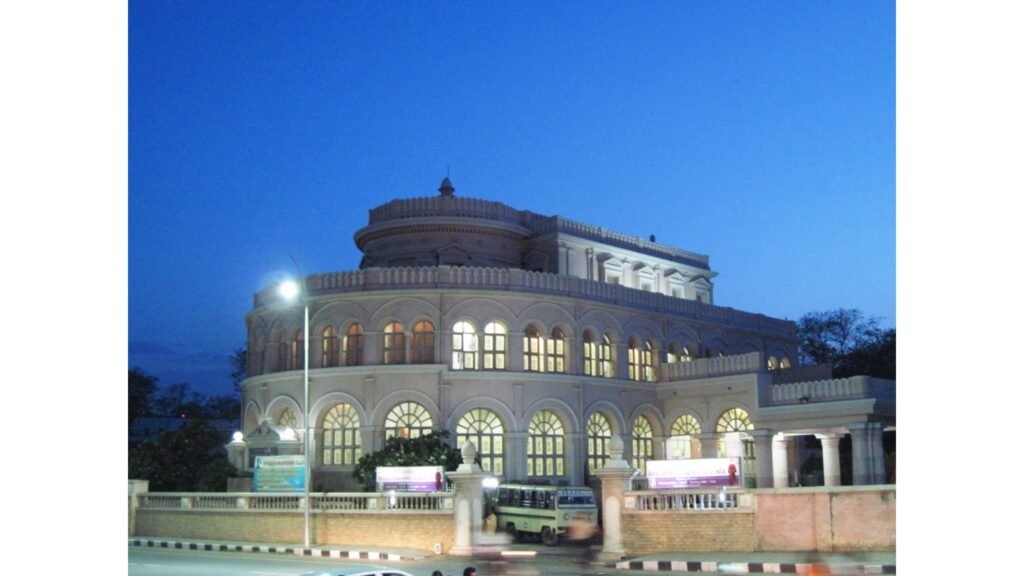
In the 1850s, a new threat emerged. A man named Dr John Gorrie had been using Tudor’s natural ice to cool his malaria patients. His job was so dependent on natural ice that he started experimenting on artificial ice-makers. In 1851 he patented his own ice-maker. Dr. Gorrie was a great innovator, but had terrible business sense. His efforts to commercialise his invention were disastrous. Tudor, the hardened businessman, mounted a bitter campaign maligning Dr. Gorrie’s machine, even suggesting that artificial ice had germs in it! Gorrie lost the Ice War. He went bankrupt and died unrecognised.
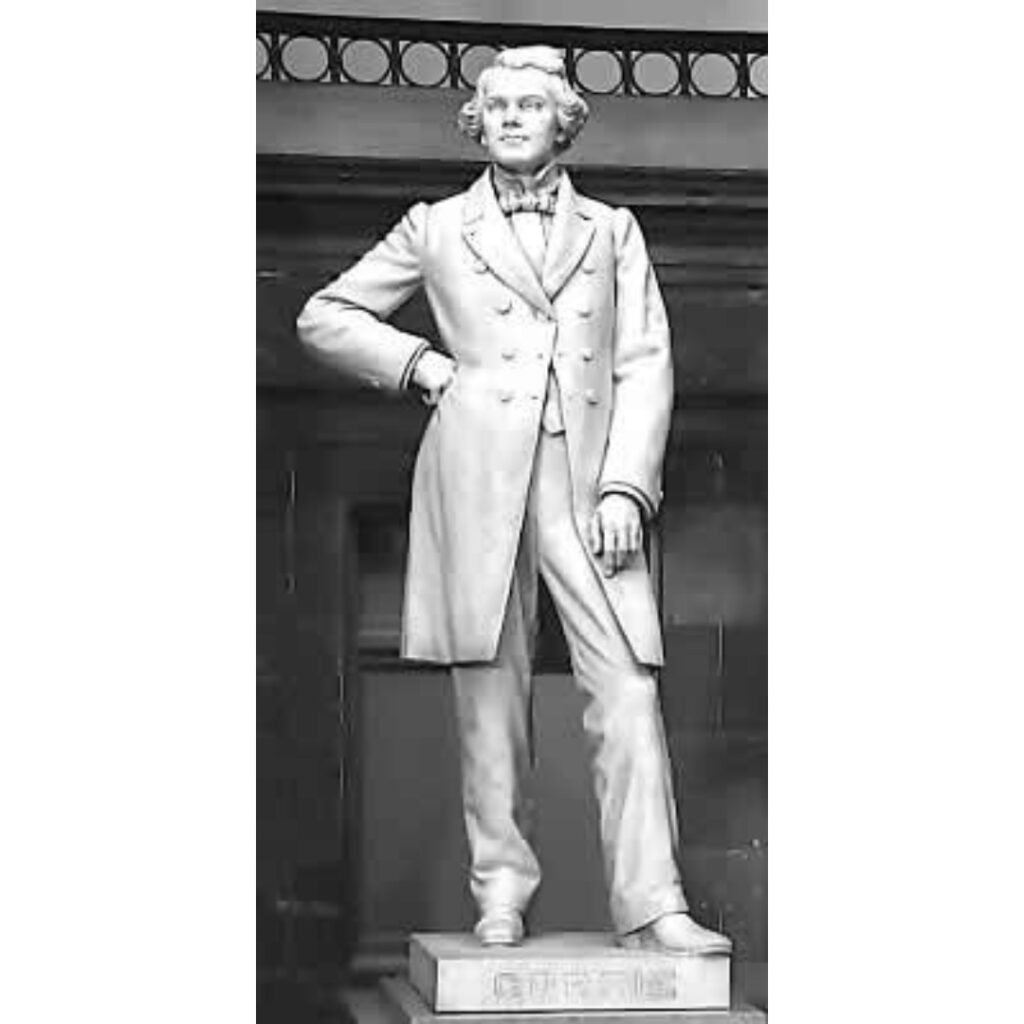
But the technology could not be stopped. By the 1860s, better ice-makers came up, and the natural ice business eventually evaporated. Tudor, however, died rich, as ‘The Ice King’.
Today the Ice House in Chennai has a new avatar – as Vivekananda House. When the business fell through, the building was bought by a lawyer called Biligiri Iyengar, who renovated it. In 1897, he invited Swami Vivekananda, whom he admired greatly, to stay at the house. Vivekananda agreed, and the building eventually became a branch of Ramakrishna Mission, and finally a museum dedicated to the monk.
Detour: Interested in learning more? Here’s a short video about the Madras Ice House that has now morphed into a museum.
